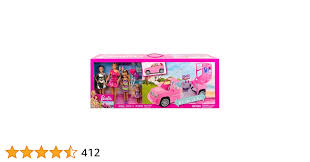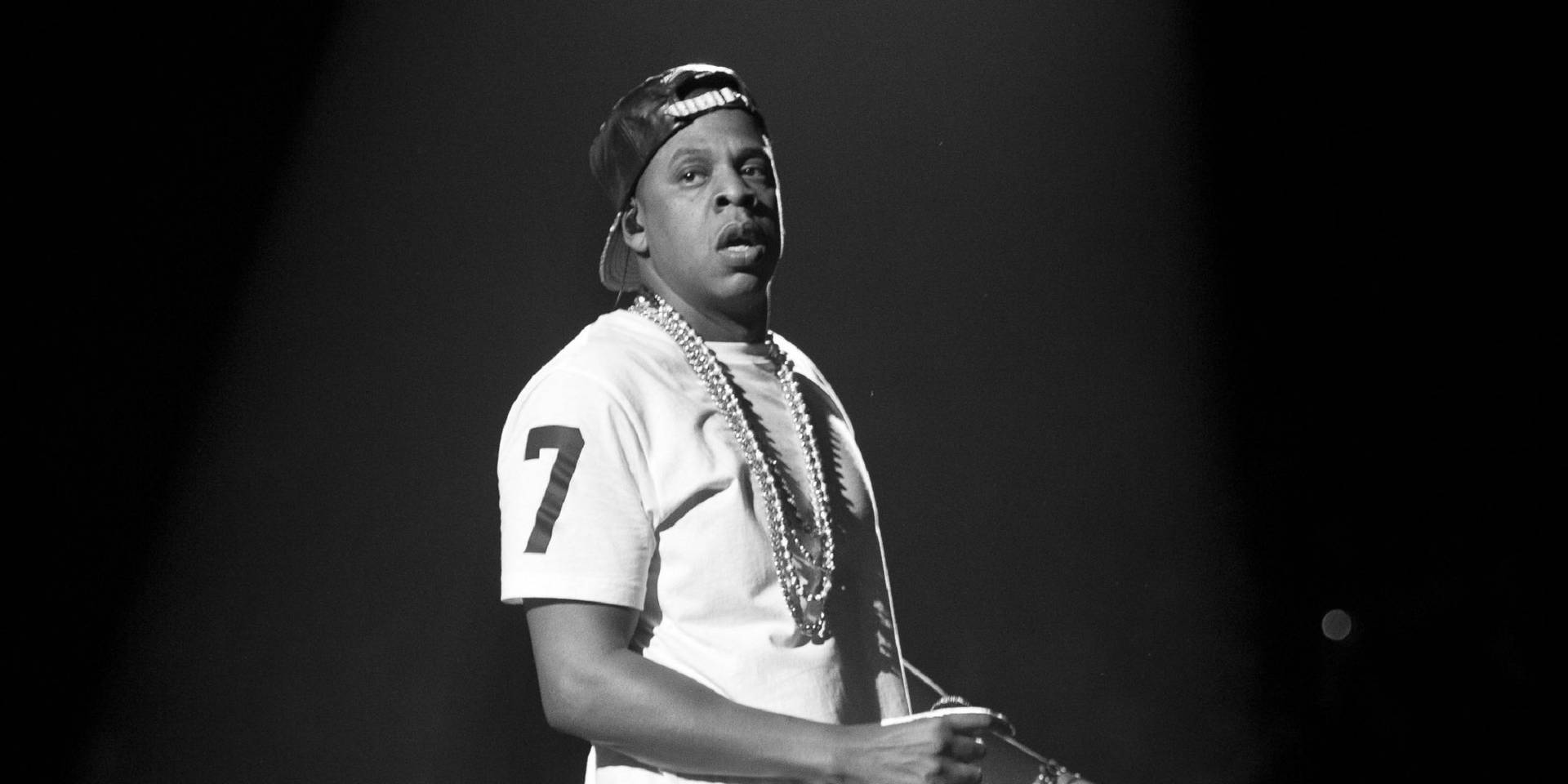
Introduction
The Barbie doll, introduced by Ruth Handler in 1959, has become an iconic figure in modern culture. Originally designed as a fashion doll for young girls, Barbie has evolved significantly over the decades, reflecting changes in societal norms and values. As we explore the current relevance of Barbie, it is essential to understand its influence on gender roles and diversity in toys.
Barbie’s Evolution
In the early years, Barbie was predominantly white, blonde, and slender, which raised concerns about body image and representation. In response to evolving societal views, the brand has taken significant steps to diversify its character line-up. Recent years have seen the introduction of dolls that represent different body types, ethnicities, and professions, effectively broadening its appeal and addressing criticisms regarding representation.
In 2022, the release of the Barbie movie, starring Margot Robbie and directed by Greta Gerwig, generated substantial buzz and showcased the doll in a new light. The film succeeded in taking on complex themes of feminism and identity while retaining a playful spirit, leading to discussions about the empowerment of women and challenging stereotypes.
Barbie in Popular Culture
The impact of Barbie extends beyond the toy aisle. Collaborations with high-profile fashion designers and brands have turned Barbie merchandise into collectibles, merging fashion with nostalgia. Additionally, various media forms, including animated series and documentaries, have contributed to the ongoing dialogue about the doll’s role in society.
Moreover, the launch of the #Barbiecore trend on social media platforms has seen a resurgence in interest around Barbie aesthetics. This trend embraces vibrant, flashy fashion that captures the spirit of Barbie, further solidifying her status as a cultural icon in the 21st century.
Conclusion
Barbie’s journey from a traditional toy to a progressive symbol reflects the broader societal shifts towards inclusivity and empowerment. As Barbie continues to evolve and adapt, her relevance in today’s culture remains undeniable. Future generations of children now have the opportunity to see themselves represented in various forms, and this shift can have lasting effects on their self-image and aspirations. Barbie is not merely a doll; she represents a transformation in how society views diversity, ambition, and femininity, making her cultural impact significant for years to come.
You may also like

Jay Z: The Evolution of a Music Legend

Harvey Weinstein: A Timeline of Legal Troubles and Impact
